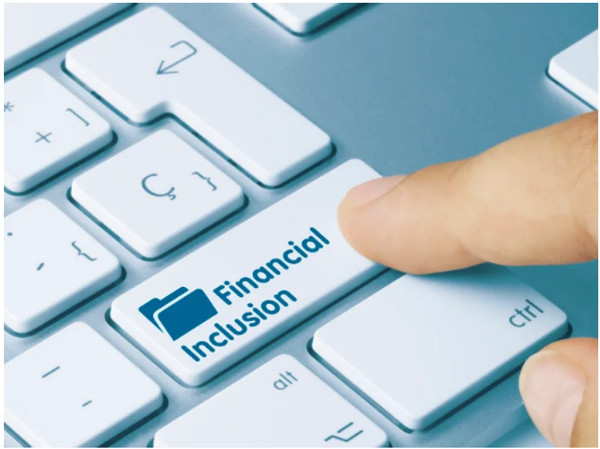Towards the end of last year, the Philippine Central Bank or the Bangko Sentral ng Pilipinas (BSP) released a new piece of regulation that is likely to be implemented early this year. This new regulation applies to lending and financing companies and their online lending platforms (OLPs), and is designed to reduce the risk of Filipinos falling into debt traps, especially those who are in low-income brackets.
Bangko Sentral ng Pilipinas (BSP) Circular No. 1133-2021
Here a quick summary of the new regulation:
- Target institutions: Financing Companies, Lending Companies incl. their OLPs
- Targeted Products: general-purpose loans, which (according to the SEC) can be used for any type of expense. The new rules apply to loans of PHP 10.000 and below, and to those with a targeted life cycle of 4 months or less.
- New interest rate cap: the new ceiling interest rate for these loans is 6% per month and including all additional fees, charges or penalties for late returns at a total maximum of 15% per month.
- Late fees and penalties: Late payment fees will be capped at a maximum of 5% percent per month, that is of the outstanding amount and there will also be a cost cap of 100% of the total amount borrowed including all interests, fees, charges and penalties.
While the new regulation has the potential to be a relief for the nation’s low-income borrowers, it will also trigger lenders to start reconsidering their offerings to this group. The main point of concern becomes the lack of data for this segment. Low-income borrowers typically do not have a credit score or any data associated with them that can prove their credit worthiness. In the industry they are also known as “thin files”. The term refers to the thickness of the credit report of someone with little or no credit history. The credit history is traditionally a key ingredient in loan origination to determine if someone is willing and able to pay back a loan.
Data is the Oil that Fuels Lending
Up until now for many borrowers on OLPs a thin file was no reason to be rejected as high interest rates for all customers were creating ample income for lenders that could compensate them for the losses inflicted by those that turned out to be bad borrowers. The new regulation however pushes the industry to reinvent itself. As the new interest rate ceiling comes into play, revenue from interest income for lenders will be severely reduced. To keep profits at the same level, more scrutiny will be applied when reviewing and approving borrowers. A more sophisticated risk engine, the core element of every lending operation that determines the answer to the question of whether or not a lender should issue a loan to a borrower, becomes of paramount importance. And as the saying goes “data is the oil of the 21st century,” quite figuratively the fuel that feeds the risk engine has become data about the borrower. The only question lenders ask themselves is how to proceed in a market that is full with “thin files”?
Could Alternative Data be a more Sustainable Source of Oil for Lenders?
In the past, or in old fashioned lending markets, consumers were encouraged to “build a credit score” by taking out loans and swiping their credit cards, to be able to show the ability and willingness to repay a loan, which in turn was rewarded by an increased credit score. This was the key to getting access to an even higher loan with lower interest. While the system has been proven to work in most cases for the lending industry, it is still a very lengthy and cumbersome process for the borrower.
Change, as so often happens, lies in innovation. As cloud computing, mobile phones, payment data, e-commerce and our entire daily work all take place online, the ubiquitous data we produce as a byproduct grows exponentially.
What if such data could be used as an alternative to traditional credit scores to drive lending decisions? In fact, an argument can be made that such data can be a predictor or leading indicator of a borrower’s risk profile. To give an example: the ratings received by a gig worker from work performed in taxi apps, food delivery apps or from gig platforms can be attributed to the credit worthiness and income potential of a borrower. As this types of data can be cost-effectively captured, a puzzle piece in a gradually clearer picture about the borrower emerges.
Employment history, income timelines, traditional and non-traditional sources of income are just a few examples of a growing number of data points that can be made available to lenders. As these types of data become easy and cost-effective to access from providers like Smile, which provides these sorts of data that revolve around employment and income, thin and thick file borrowers can now more easily share and utilize this data to more easily get access to credit, and for lenders to keep their margins, keep risks low, and provide better rates.
If you are a lender and are interested in this type of alternative data, I encourage you to reach out and talk to us to find out more!

.png)


